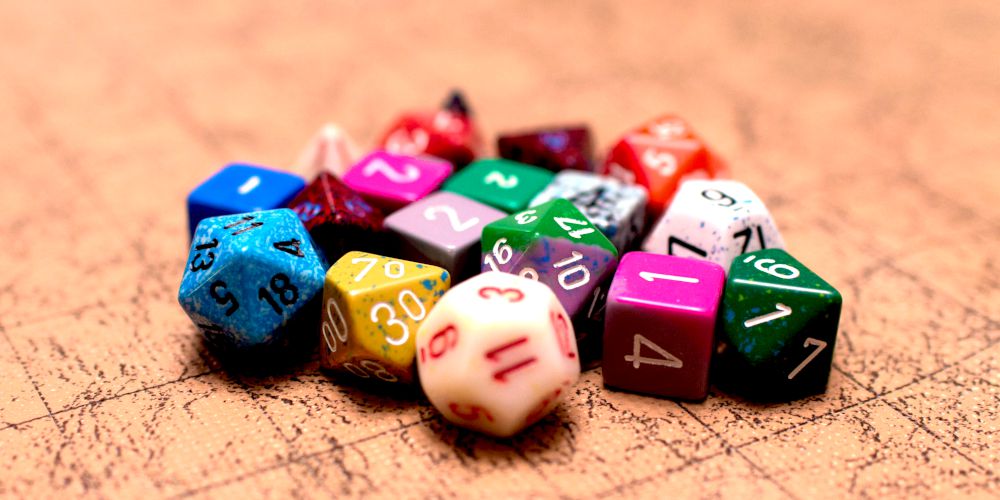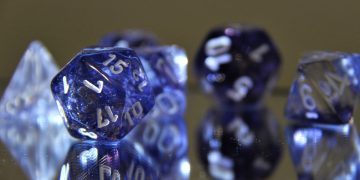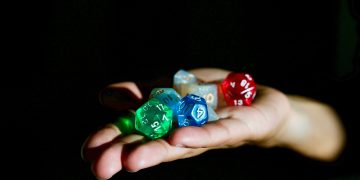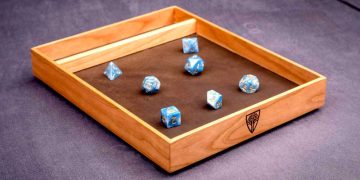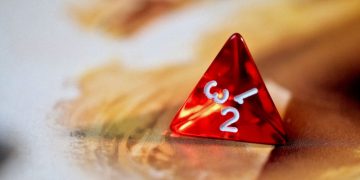When it comes to creating a Dungeons & Dragons characters, there are three primary methods of determining stats: standard array, point buy, and rolling.
The stats of character will determine how effective they are at various aspects of the game going forward, so allocating them is rather important.
Generally, it's up to the dungeon master to decide which method will be used for a game, but some DMs don't care and let the players choose.
So whether you're the DM trying to decide for the whole group, or you're a player who was given the freedom to choose for yourself, we're going to take a look at each stat allocation method and see which one is right for you.
Standard Array
First, let's talk about the least exciting method of creating a D&D character: standard array. With this method, there's not a lot of flexibility as you get certain numbers that can be spread across the six different stats.
You get a 15, 14, 13, 12, 10, and 8 to work with, and everyone in the group gets those numbers. You choose which stat gets what number, but otherwise, there's not a lot of room for creativity.
Pros
- Perfectly balanced stats for all party members
- Quicker and easier for new players to make characters
- Very restrictive
Cons
- Less choice for creating than other options
- Everyone is the same
- No excitement of rolling
Point Buy
Point buy is basically a modified version of the standard array method. Instead of getting six specific numbers to use, you get a certain amount of points that you can spend on your stats.
It's a lot like building a character in a role-playing video game. You get a total of 27 total points to spend across all six stats; the highest can't be above 15, the lowest can't be below 8.
This means you'll fall within the same range of stats a standard array, but you can have two eights and two 15s, for example.
Pros
- Well balanced since all players have same point amount
- Allows for more customization
- Ability to create "average" characters with 13, 13, 13, 12, 12, 12
Cons
- Encourages min-maxing characters
- Less exciting than rolling
Rolling Dice
The final method for making a character is by rolling the dice and letting fate decide how powerful you are. A popular method is to roll four D6 dice and drop the lowest.
For example, you could roll a 6, 4, 2, and 1. You'd drop the one and have a 12 for that stat. You could also roll a 2, 2, 1, and 1, and be stuck with a 5 for a stat.
Obviously, this is a fun method to determine your character's stats, as you get to sit around the table and roll for them. It makes character building a part of the game, rather than something done with a simple formula.
And if your stats really suck, you can role-play that as you go through the game (or a nice DM might let you re-roll).
Pros
- Fun and exciting to see what you get
- Realistic (real people have random skills)
- Can end with super overpowered stats
Cons
- Can get stuck with terrible stats
- Less balance across the party leads to some characters feeling weak
- Players can cheat
As Always, Have Fun With D&D
A huge part of having fun with D&D is making a character. The stats are an important part of that process from a gameplay perspective, but don't forget to put some time and effort into developing a backstory for your character!
It'll make the game a whole lot more fun for you and everyone else at the table. The game is balanced very well, so even characters with low stats can still play a pivotal role. Plus, catastrophic failures make for great stories!
